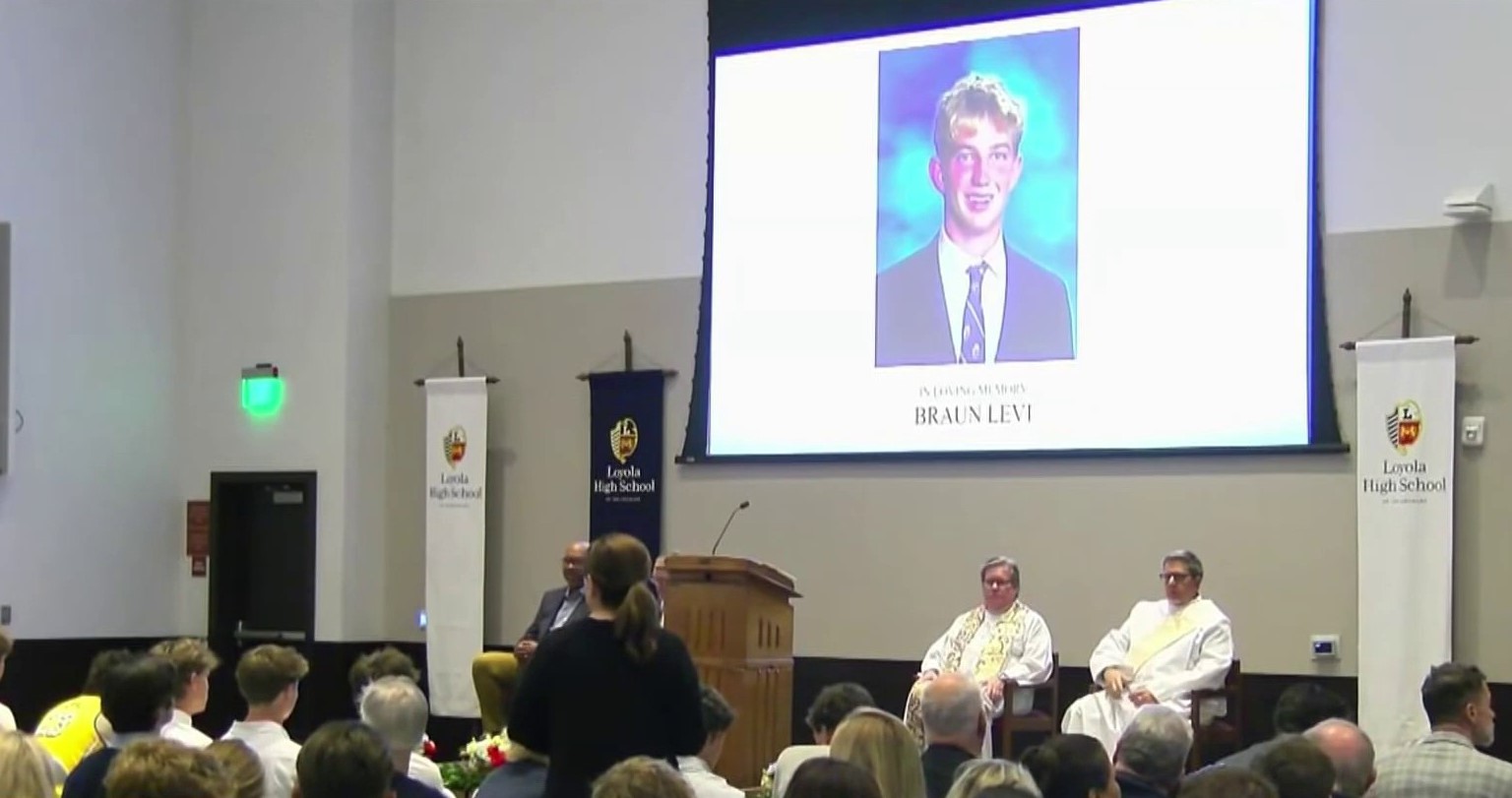Firefighters continued their battle against two brush fires — one near Calabasas and another in Malibu — Friday morning. Marin Austin reports live for Today in LA on June 30, 2017.
Two multi-alarm brush fires -- one near Calabasas and another in Malibu -- broke out Thursday within minutes and about nine miles from one another, but neither threatened structures.
One blaze -- dubbed the Stokes Fire -- was reported at 2:54 p.m. near Mulholland Highway and Las Virgenes Road and went to three alarms, with more than 220 firefighters deployed at one point, according to the Los Angeles County Fire Department.
About 40 acres were scorched, but the fire's forward progress was stopped and the blaze was 80 percent contained as of Friday morning.
One firefighter suffered a minor heat-related injury and was airlifted to a hospital, a dispatcher said.
The other brush fire was reported at 3:09 p.m. near Topanga Canyon Boulevard, north of Pacific Coast Highway, in the unincorporated Topanga area, and quickly went to two alarms.
The Topanga Canyon Fire scorched about 20 acres in steep terrain and was 10 percent contained as of 8 p.m., according to the county fire department.
The fire sparked a 5-acre brush spot fire that was extinguished, a department inspector said.
The fire forced the closure of Topanga Canyon Boulevard about one-half mile from PCH, authorities said.
There were also temporary closures of Pacific Coast Highway around Topanga Canyon Boulevard.
The Los Angeles Fire Department, which was in unified command with county firefighters on the Topanga-area blaze, sent ground and air crews and firefighters were also dispatched to Coastline Drive to protect homes.
CAL FIRE reported more than 2,135 fires in California from Jan. 1 through Sunday. Those fires scorched more than 20,249 acres – more than double last year’s acreage figure.
News
Top news of the day
A report released June 1 provided a wildfire outlook for the hot, dry summer months in California. The National Interagency Fire Center report said wildfire risk will be high in inland Southern California in July and in parts of Northern California during August and September. The report noted what could be a delayed start to the wildfire season in some locations.
The state is coming off one of its wettest winters in years, which left hillsides covered in grass and other vegetation. That grass will dry out this summer and turn into tinder, providing fuel for rapidly spreading fires often pushed by strong winds.
An increase in the number of dead and dying trees also can exacerbate the wildfire threat, CAL FIRE officials said. An estimated 102 million trees have died in California due to the state's five-year dry spell and bark beetle infestation.
The agency has been urging residents to take prevention steps now, such as maintaining 100 feet of defensible space around homes and other structures. Defensible space provides a natural buffer between buildings and grass, trees, bushes, shrubs and other vegetation that can burn.



